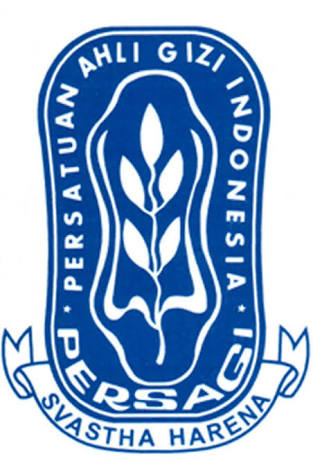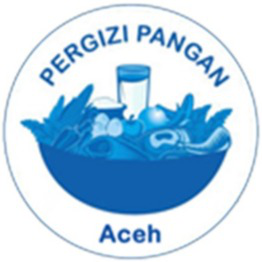Relationship between Energy Intake and Obesity Prevalence among Adolescent Girls in Aceh Barat
Abstract
The prevalence of adolescent obesity has been shown to differ among regions, and it could be influenced by several factors including diet, environmental exposures, and lifestyle. Diet is one of crucial factors that contribute to obesity among adolescents, particularly energy intake. This study was conducted to measure the relationship between energy intake and obesity prevalence among adolescent girls in Aceh Barat Regency. This study is a descriptive analytical research with the design of cross-sectional study. The population in this study were adolescent girls in Aceh Barat Regency with the samples of 50 people. The data were obtained from a one day 24-hour recall and analyzed using Chi-Square test with a significance value (p= 0.05). The result showed that based on bivariate analysis there is a relationship between energy intake and body mass index. The analysis indicated that adolescent girls with excessive energy intake had a 6.67-fold higher risk of obesity than those with the adequate energy intake (OR: 6.67, 95% CI: 1.25-35.65).
Full Text:
PDFReferences
Barasi, M.E. (2007). Ilmu Gizi. Jakarta At a Glance: Erlangga.
Gibney, M. J., Margetts, B. M., & Kearney, J. M. (2009). Arab l. Gizi kesehatan masyarakat. Jakarta: EGC, 100-5.
Harahap, H., Sandjaja, S., Soekatri, M., Khouw, I., & Deurenberg, P. (2018). Association of energy intake and physical activity with overweight among Indonesian children 6-12 years of age. Asia Pacific journal of clinical nutrition, 27(1), 211-216.
Kemenkes RI. 2018. Laporan hasil riset kesehatan dasar (riskesdas) Indonesia tahun 2018. Jakarta: Kementerian Kesehatan Republik Indonesia;
Khodijah, D., Lukman, E., & Munigar, M. (2013). Obesitas dengan kualitas hidup remaja. Jurnal Health Quality, 3(2), 69-140.
Nugroho, P. S. (2020). Jenis Kelamin dan Umur Beresiko terhadap Obesitas pada Remaja di Indonesia. An-Nadaa: Jurnal Kesehatan Masyarakat, 7(2), 110-114.
Pampang, E., Purba, M. B., & Huriyati, E. (2009). Asupan energi, aktivitas fisik, persepsi orang tua, dan obesitas siswa dan siswi SMP di Kota Yogyakarta. Jurnal Gizi Klinik Indonesia, 5(3), 108-113.
Pelletier, D. L., & Gage, T. (1995). Recent trends in obesity and chronic disease in developing countries. Washington, DC: International Food Policy Research Institute.
Suchindran, C., North, K. E., Popkin, B. M., & Gordon-Larsen, P. (2010). Association of adolescent obesity with risk of severe obesity in adulthood. Jama, 304(18), 2042-2047.
Todd, A.S, dkk. (2015). Overweight and Obese Adolescent Girls: The Importenace of Promoting Sensible Eating and Activity Behaviors from the Start of the Adolescent Period. International Journal of Environmental Research and Public Health, 12, 2306-2329; doi:10.3390/ijerph120202306.
Ocke, MC., Larranaga, N., Grioni, S., van den Berg, S.W., Ferrari, P. et al. (2009). Energy intake and sources of energy intake in the European Prospective Investigation into Cancer and Nutrition. European Journal of Clinical Nutrition, 63 : S3-S15. doi:10.1038/ejcn.2009.72.
Wirjatmadi, B., & Adriani, M. (2012). Pengantar gizi masyarakat. Jakarta Kencana Prenada Media Gr.
DOI: https://doi.org/10.35308/jns.v2i2.4374
Refbacks
- There are currently no refbacks.
Managed by Department of Nutrition, Faculty of Public Health
Published by Universitas Teuku Umar ,
Website: http://jurnal.utu.ac.id/JNS/index
Email: jns@utu.ac.id
Phone/Fax: +62-852-7736-5563; E-mail:
This work is licensed under a Creative Commons Attribution-ShareAlike 4.0 International License.














